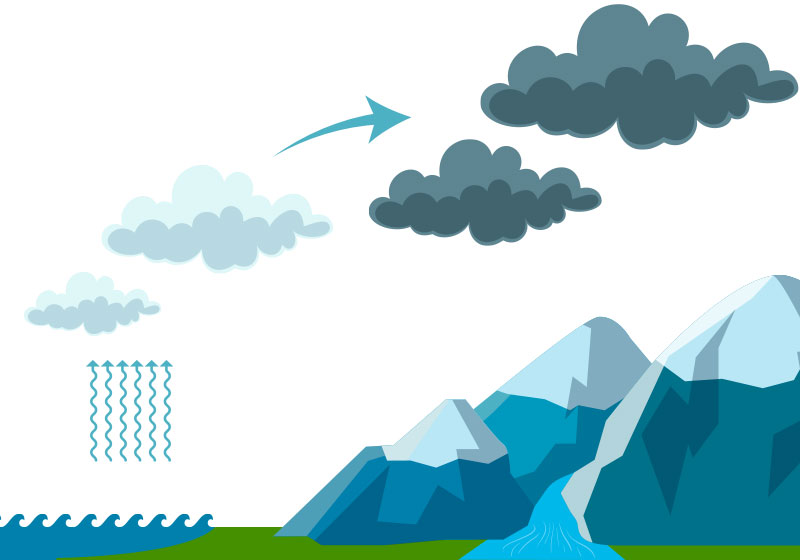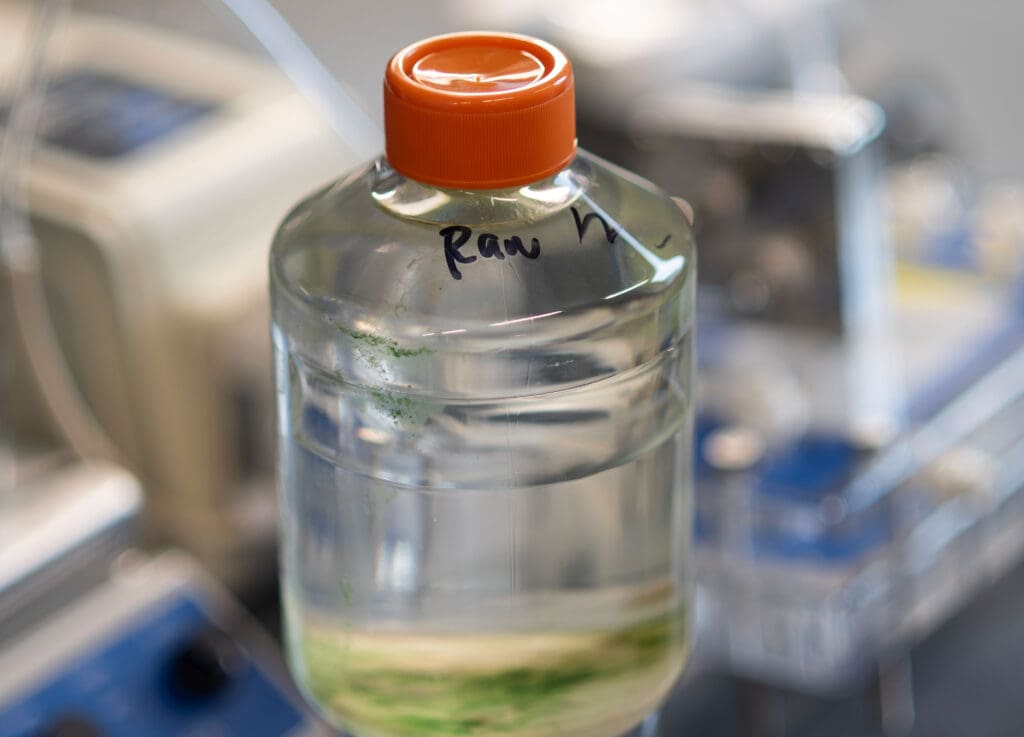Santa Ana Releases its 2024 Water Quality Report – City of Santa Ana

2024 Water Quality Report: City of Santa Ana’s Commitment to Sustainable Development
The City of Santa Ana has released its 2024 Water Quality Report, also known as the Consumer Confidence Report (CCR). The report, themed “Resilience in Every Drop: Protecting Water Quality and Planning for the Future,” details the City’s strategic initiatives to provide safe, high-quality drinking water, directly supporting the United Nations Sustainable Development Goals (SDGs).
Core Objectives and SDG Alignment
The City’s approach is founded on principles that align with a global sustainability agenda, ensuring progress towards several key SDGs.
- Innovation and Investment: The City is modernizing its water infrastructure through strategic investments. This commitment directly supports SDG 9 (Industry, Innovation, and Infrastructure) by building resilient systems capable of meeting future demands.
- Transparency and Safety: By providing comprehensive data on water quality, the City ensures transparency and guarantees access to safe drinking water for all residents and businesses, a foundational target of SDG 6 (Clean Water and Sanitation).
- Forward-Thinking Solutions: Proactive planning for emerging regulations and environmental challenges contributes to the creation of a resilient urban environment, aligning with SDG 11 (Sustainable Cities and Communities).
Report Highlights and Contribution to Global Goals
The 2024 report outlines specific actions and findings that demonstrate the City’s integrated approach to water management and sustainable development.
- Sources and Quality Analysis: The report provides detailed data tables on water sources and quality, verifying compliance with rigorous standards. This transparency is fundamental to achieving SDG 6 (Clean Water and Sanitation) by ensuring all consumers are informed about the safety of their water supply.
- Investment in Resilient Infrastructure: An overview of system upgrades and long-term planning illustrates the City’s investment in water reliability. This work is critical for fulfilling SDG 9 (Industry, Innovation, and Infrastructure), which calls for reliable and sustainable infrastructure for all.
- Addressing Emerging Contaminants: The report details the City’s proactive response to emerging contaminants such as PFAS and microplastics. This action protects public health and advances SDG 6 by tackling new challenges to water safety.
- Sustainable Water Resource Planning: Information on California’s new conservation framework and local efforts highlights a commitment to sustainable water use. This directly supports SDG 12 (Responsible Consumption and Production) by promoting the efficient use of natural resources.
- Youth Engagement and Education: The inclusion of the 2024 Youth Water Poster Contest winners showcases an investment in future environmental stewards. This initiative aligns with SDG 4 (Quality Education) by raising awareness and fostering a sense of responsibility for water conservation among the next generation.
Report Accessibility
The full 2024 Water Quality Report is available for public review online. Interested parties can view the report, explore specific topics, or download a printable version. For residents without internet access, a printed copy can be requested by calling (714) 647-3500 or by sending an email request.
Analysis of SDGs, Targets, and Indicators
1. Which SDGs are addressed or connected to the issues highlighted in the article?
-
SDG 6: Clean Water and Sanitation
- The entire article is centered on the city’s water quality, the safety of drinking water, and sustainable water management, which is the core focus of SDG 6.
-
SDG 9: Industry, Innovation and Infrastructure
- The article explicitly mentions “investment in infrastructure,” “modernizing infrastructure,” and “system upgrades” to ensure water reliability, which directly relates to building resilient infrastructure under SDG 9.
-
SDG 11: Sustainable Cities and Communities
- The report is for the “City of Santa Ana” and discusses “Resilient Water Planning” and preparing for future challenges, which aligns with making cities and human settlements inclusive, safe, resilient, and sustainable.
-
SDG 4: Quality Education
- The mention of the “2024 Youth Water Poster Contest” highlights an effort to engage and educate the younger generation on “water stewardship,” connecting to the educational aspects of sustainable development.
2. What specific targets under those SDGs can be identified based on the article’s content?
-
SDG 6: Clean Water and Sanitation
- Target 6.1: By 2030, achieve universal and equitable access to safe and affordable drinking water for all. The article’s main purpose is to assure residents of “safe, high-quality water” and “clean, great-tasting drinking water every day.”
- Target 6.3: By 2030, improve water quality by reducing pollution… and minimizing release of hazardous chemicals and materials. The report’s focus on “addressing emerging contaminants” like “PFAS and microplastics” directly supports this target.
- Target 6.4: By 2030, substantially increase water-use efficiency across all sectors and ensure sustainable withdrawals and supply of freshwater. This is addressed through the discussion of “California’s new conservation framework and Santa Ana’s efforts to support sustainable water use.”
- Target 6.b: Support and strengthen the participation of local communities in improving water and sanitation management. The “Youth Water Poster Contest” is a clear example of engaging the community, specifically the youth, in “water stewardship.”
-
SDG 9: Industry, Innovation and Infrastructure
- Target 9.1: Develop quality, reliable, sustainable and resilient infrastructure… to support economic development and human well-being. The article highlights “investment in infrastructure,” “modernizing infrastructure,” and “investing in water reliability through system upgrades and long-term planning.”
-
SDG 11: Sustainable Cities and Communities
- Target 11.5: By 2030, significantly reduce… the direct economic losses relative to global gross domestic product caused by disasters, including water-related disasters… The theme “Resilience in Every Drop” and the focus on “Resilient Water Planning” and “proactively preparing for the challenges ahead” align with building resilience against water-related stresses.
-
SDG 4: Quality Education
- Target 4.7: By 2030, ensure that all learners acquire the knowledge and skills needed to promote sustainable development… The “Youth Water Poster Contest” is an initiative aimed at educating youth and “showcasing the next generation’s voice in water stewardship.”
3. Are there any indicators mentioned or implied in the article that can be used to measure progress towards the identified targets?
- The Consumer Confidence Report (CCR) itself: The “2024 Water Quality Report” is a primary indicator. It serves as a mechanism for transparency and reporting on water safety and management.
- Water Quality Data Tables: The article states the report contains “easy-to-read data tables” on water quality. This directly implies the use of quantitative data to measure compliance with “rigorous quality standards,” which serves as an indicator for Target 6.1.
- Monitoring of Contaminants: The specific mention of providing “updates on the City’s response to PFAS and microplastics” implies the existence of monitoring programs for these emerging contaminants. This data would be an indicator for Target 6.3.
- Infrastructure Investment and Upgrades: The report details “how Santa Ana is investing in water reliability through system upgrades.” The tracking of these investments and the number/scope of upgrades serve as indicators for Target 9.1.
- Community Engagement Programs: The “Youth Water Poster Contest” is a specific, measurable activity. The existence and participation rates of such programs are indicators of community engagement efforts for Target 6.b and educational initiatives for Target 4.7.
4. Summary Table of SDGs, Targets, and Indicators
| SDGs | Targets | Indicators (Mentioned or Implied in the Article) |
|---|---|---|
| SDG 6: Clean Water and Sanitation |
6.1: Achieve universal and equitable access to safe and affordable drinking water.
6.3: Improve water quality by reducing pollution and minimizing hazardous chemicals. 6.4: Increase water-use efficiency and ensure sustainable withdrawals. 6.b: Support and strengthen the participation of local communities. |
Publication of the annual Consumer Confidence Report (CCR) with “easy-to-read data tables” on water quality.
Reported updates and response plans for emerging contaminants like “PFAS and microplastics.” Efforts to support “California’s new conservation framework” and promote “sustainable water use.” Implementation of the “Youth Water Poster Contest” to engage the community. |
| SDG 9: Industry, Innovation and Infrastructure | 9.1: Develop quality, reliable, sustainable and resilient infrastructure. | Reported “investment in infrastructure” and details on “system upgrades” for water reliability. |
| SDG 11: Sustainable Cities and Communities | 11.5: Reduce the impact of disasters, including water-related ones. | The report’s theme of “Resilience in Every Drop” and focus on “Resilient Water Planning.” |
| SDG 4: Quality Education | 4.7: Ensure all learners acquire knowledge and skills for sustainable development. | The “Youth Water Poster Contest” as an educational initiative on “water stewardship.” |
Source: santa-ana.org

What is Your Reaction?
 Like
0
Like
0
 Dislike
0
Dislike
0
 Love
0
Love
0
 Funny
0
Funny
0
 Angry
0
Angry
0
 Sad
0
Sad
0
 Wow
0
Wow
0
























;Resize=805#)























































